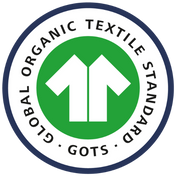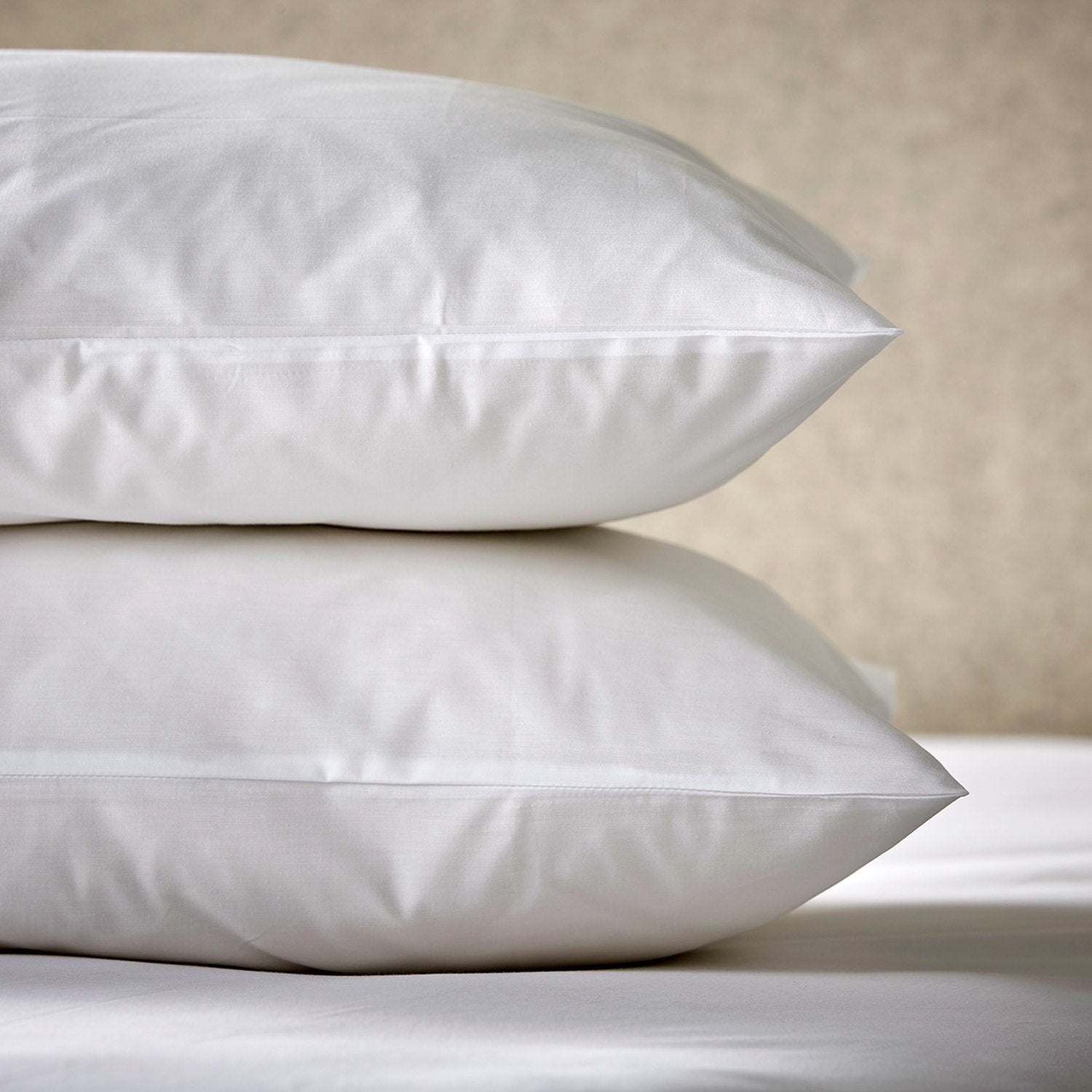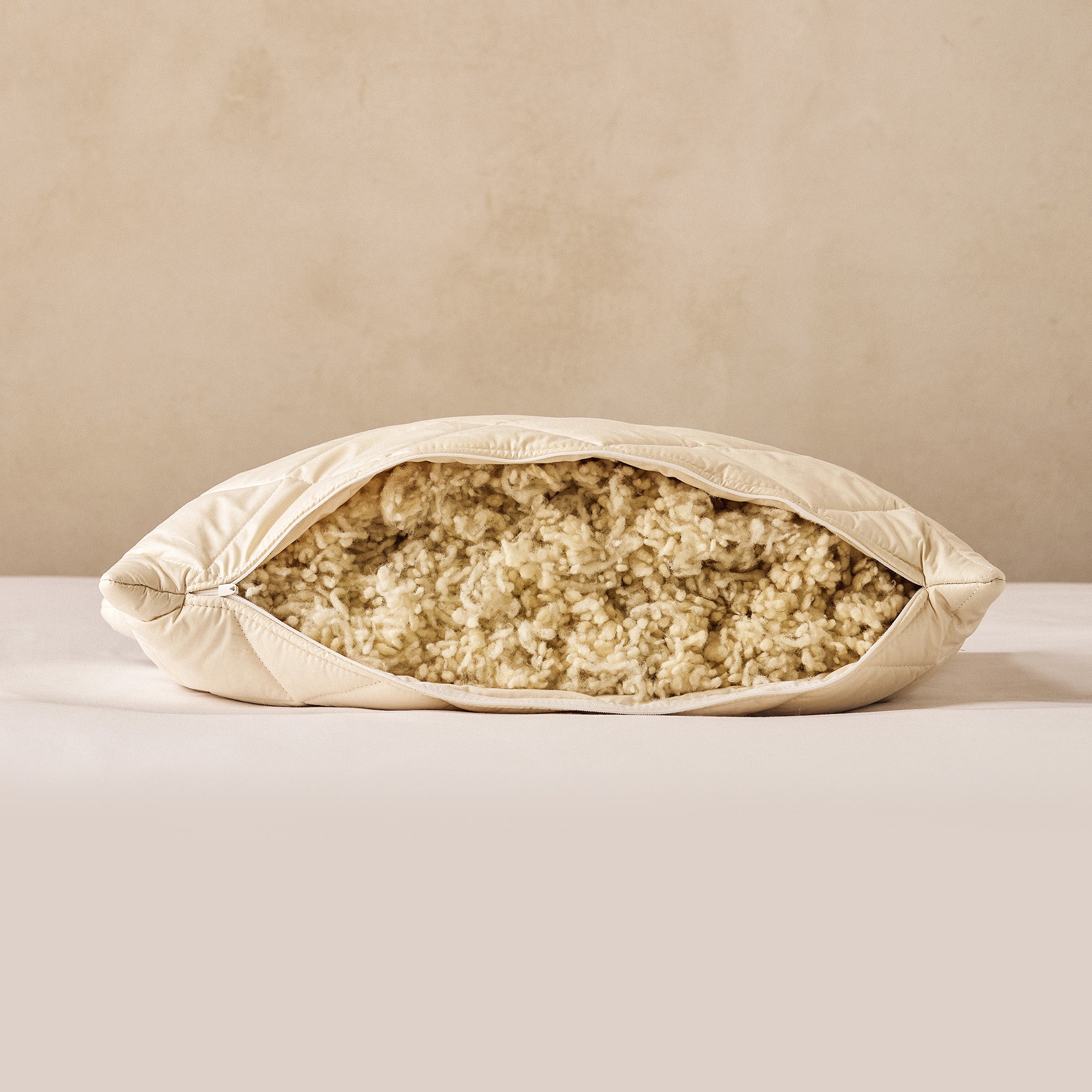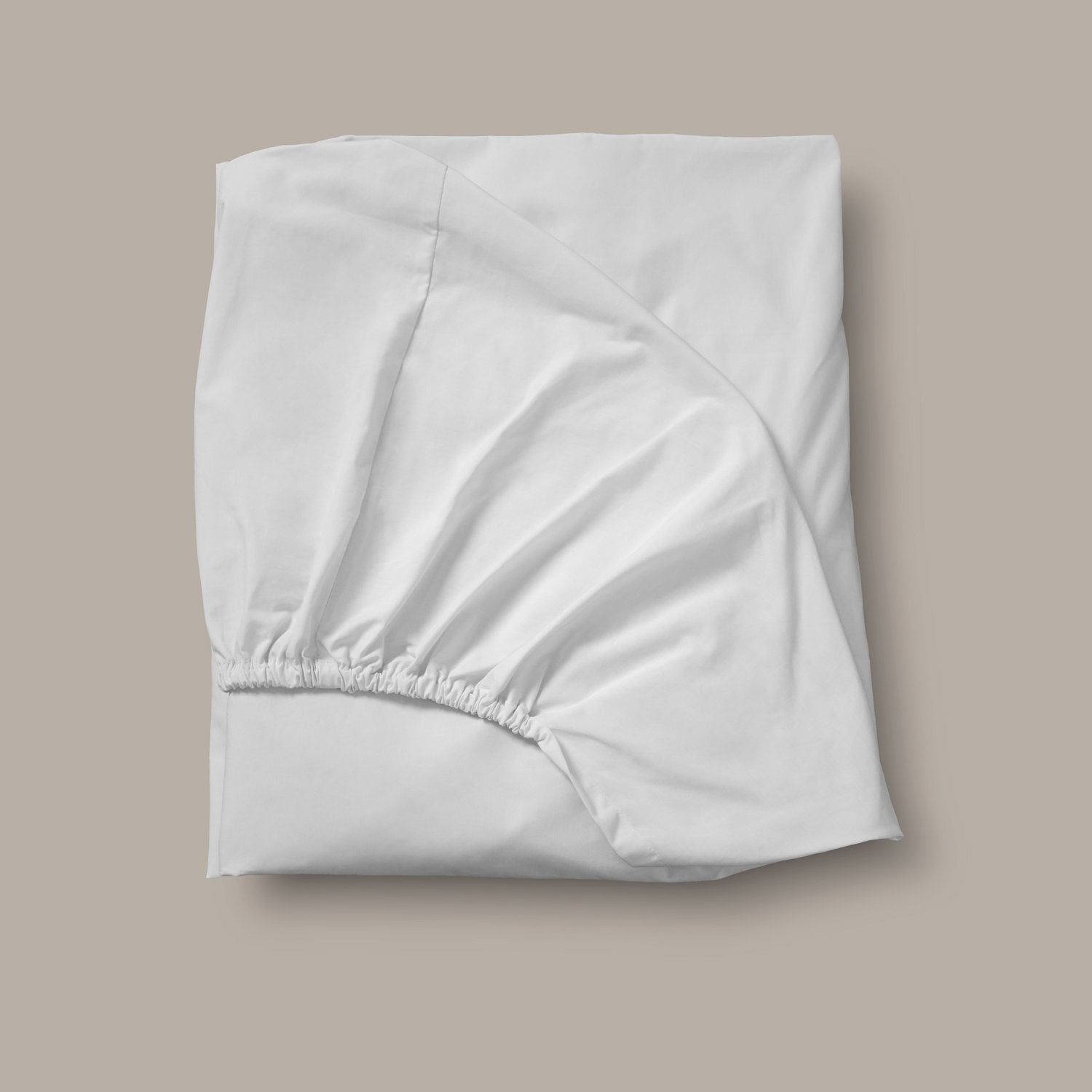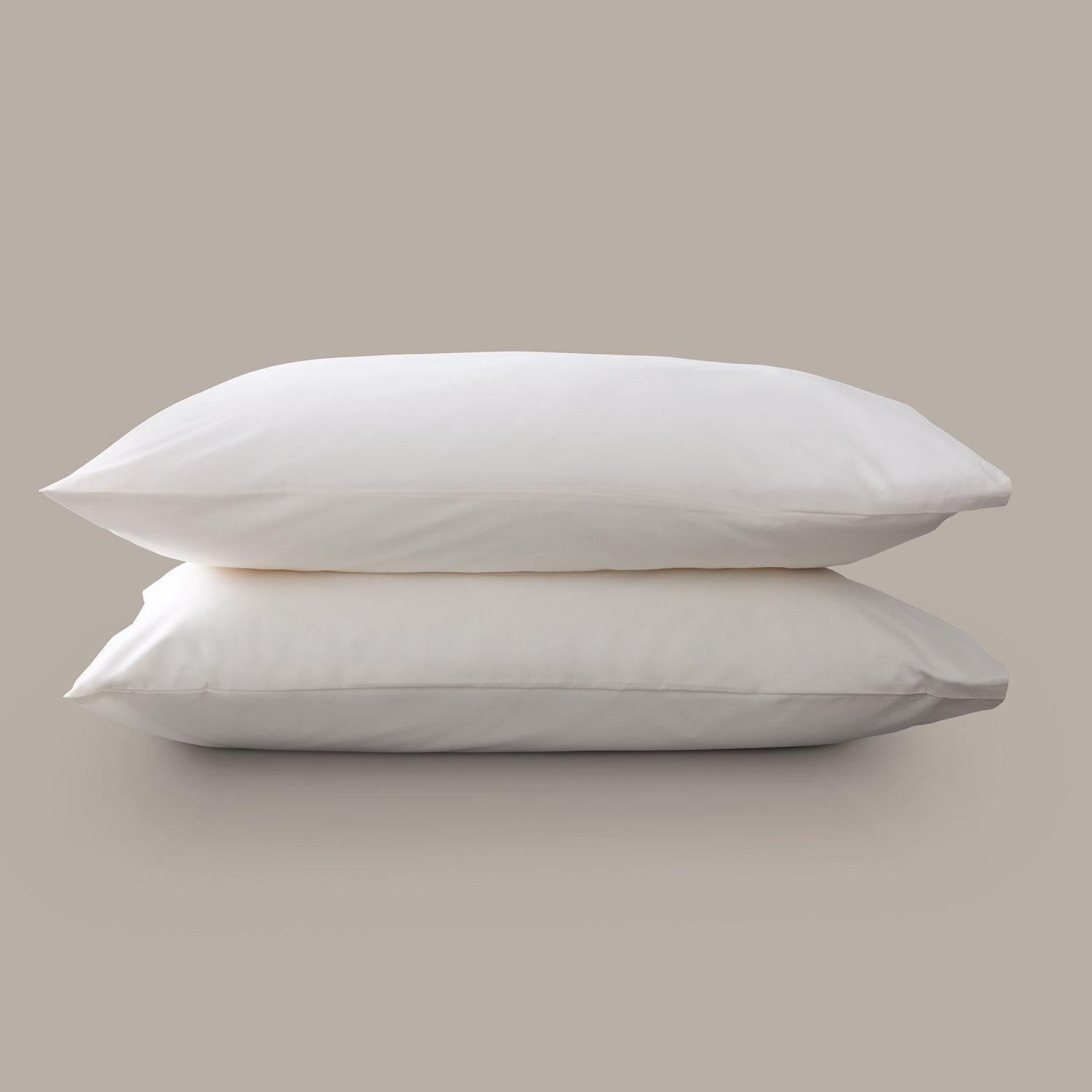A Craft Honed Over Years at the Selkirk Depot
Wool grading is no simple task—it’s a skill that takes time, precision, and a trained eye to master. At British Wool, it takes a minimum of three years to become a fully qualified wool grader. This rigorous training ensures that graders are able to assess the quality of each fleece quickly and accurately, identifying key characteristics like fibre length, strength, and cleanliness.
Once trained, each grader handles an astonishing workload. On an average day, a single grader will process approximately 3,000 fleeces, which amounts to around 6,000 kilograms of wool. Multiply that by a full team of four graders working five days a week, and it’s clear just how much wool passes through the system.

Grading at Scale
The scale of British Wool’s operations is remarkable. Last season, the network handled an incredible 20,734,876 kilograms of wool. Of that, 3,783,829 kilograms—18.2% of the total—came through the Selkirk location alone.
While these numbers are impressive in any year, last season was particularly unique. A premises move delayed the start of the grading season by approximately eight weeks, impacting the total volume handled. Even with this delay, British Wool managed to process a monumental amount of fleece. In a more typical year, the facility would handle between 4.2 million and 4.5 million kilograms of wool, showcasing its immense capacity.

How Grading Works: Sorting for Quality and Use
When wool arrives at a British Wool grading facility, it’s sorted into categories based on its quality and purpose. Each fleece is examined by expert graders, who determine:
- Length and Strength: Essential for determining the wool's durability and what it will be used for.
- Fibre Fineness: Affects how soft or coarse the wool feels, which helps decide whether it’s destined for clothing or carpeting.
- Cleanliness: Ensures the wool meets industry standards.
- Colour: As well as white fleeces, darker ones also pass through the depot. Their main uses are in the textile industry for garments that want to use all natural wool without any dyes.
After grading, the wool is baled and prepared for sale at auction. This careful sorting process not only ensures that the wool is marketed effectively but also helps farmers secure the best possible return for their product.


